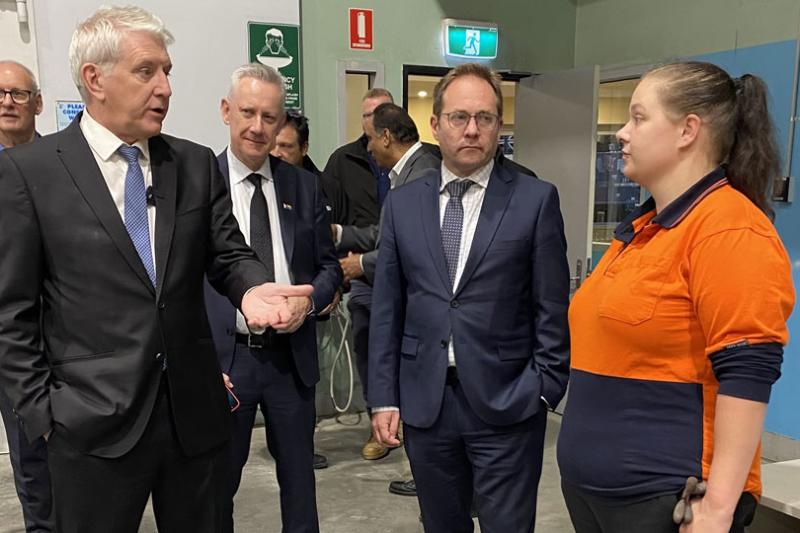Investment in adolescent health the key to transforming lives

Academics reveal that investing in the health and well-being of the world’s 1.2 billion adolescents living in low-income countries is crucial.
The Lancet, one of the world’s best known peer-reviewed medical journals has published a ground-breaking paper by Victoria University academics Professor Peter Sheehan (Research Director), Dr Kim Sweeny, Professor Bruce Rasmussen (Director) Victoria Institute of Strategic Economic Studies and academics from the University of Melbourne.
The paper, Building the foundation for sustainable development: a case for global investment in the capabilities of adolescents, was commissioned by the UN Population Fund (UNFPA).
The paper was distributed by the World Bank to those attending the Annual and Spring Meetings of the International Monetary Fund and World Bank Group.
Adolescent wellbeing was the major theme at the World Bank Spring meetings in Washington DC from 21-23 April, 2017, and the topic for the plenary session attended by key Finance Ministers.
As we work towards a global Sustainable Development Agenda investing in adolescent health and well-being should be a major priority for Australian and international policy makers.
The paper includes the following:
- Investing US$4.65 per annum in each person’s physical, mental and sexual health between now and 2030 will bring benefits for society of over ten times the total amount invested.
- Investing to increase the extent and quality of secondary education, is more expensive at a cost of US$22.6 per person per year, but would generate even greater economic benefits of about 12 times higher and result in an additional 12 million formal jobs for people aged 20–24 years.
- Investments in health and education will not only immediately transform the lives of poor girls and boys; they can also generate high economic and social returns in the longer term. Countries with young populations can generate an economic boost one or two generations later, if they invest in educating, empowering and employing their young people.
- These investments are most urgent for adolescent girls in poor countries, where gender inequity is often high. Investing around US$3.30 per person per annum in programmes to reduce child marriage will generate economic benefits of almost six times the total investment by 2030.



